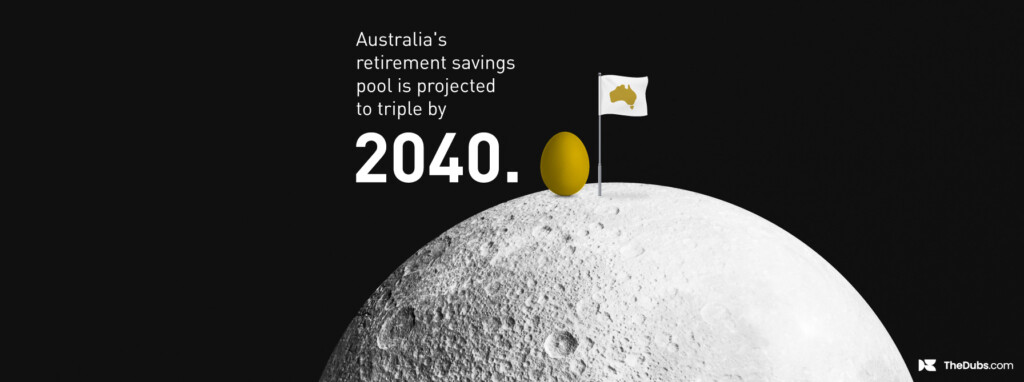Investors in the FinTech market believe there is growing demand for new finance technology, moving away from traditional banking and creating new user habits.
Wherever we look, technology is changing the way we interact with the world. From how we catch up on the news to how we shop and watch television, our daily lives are increasingly dependent on the integration of new apps or software. The personal finance market is no different; the latest report by Frost & Sullivan: Fintech in Australia – Trends, Forecasts and Analysis 2015–2020 forecasts the Australian Fintech sector will grow at a compound annual growth rate of 76.36% and reach A$4.2 billion by 2020.
Consider how universally accepted television subscription services such as Netflix have become, a viewing habit that was unheard of 10 years ago. In a similar manner, we are rapidly evolving the way we interact with our money, from how we improve our daily budgeting to how we repay that coffee our workmate bought us – creating new behaviours as we go.
There are already a host of exciting products on the market focused on automated, virtual services which seamlessly fit into our everyday lives. Personal budgeting apps such as Pocketbook sync to your bank accounts, credit cards or other financial accounts, allowing you to categorise and forecast up to 80% of your regular transactions and even lodge your tax return. Apps such as HeyYou are pushing a cashless future, allowing the user to order ahead from their chosen cafe or restaurant then pick up without any need for a wallet.
So what’s next?
Providing virtual feedback, advice or notifications looks set to be ‘the next big thing’ for businesses around the world. Previously much maligned, AI-powered, virtual technology is now increasingly used for everything from customer service to news digests. Imagine being able to provide personalised and interactive communications with your customers, at a fraction of the price of a call centre. These are known as Chatbots, defined by Google as: “a computer program designed to simulate conversation with human users, especially over the internet.”
The Australian Fintech sector will grow at a compound annual growth rate of 76.36% and reach A$4.2 billion by 2020
In line with this trend, Facebook launched its chatbots service in April 2016, encouraging external developers to take advantage of the platform and build bots for their businesses. Dyme, a text banking startup, are one such business that have used the platform to launch a savings chatbot. Amex too have announced they will be developing a chatbot for Facebook Messenger to enhance their communications with cardholders.
Standalone finance chatbots such as Trim or Abe are also receiving huge investment in the US, allowing the user to manage subscriptions, set up spending alerts as well as check their bank balances. Their aim is to encourage users to move away from traditional banking apps and save users money. Large banks are fighting back and embracing their own chatbots, albeit at a much slower rate with ANZ stating they are focused on providing virtual advice as part of their banking app by 2017.
The potential for the growth of chatbot services is huge, particularly with the help of machine learning. That is to say a given chatbot will learn to provide better answers each time it is used as it incorporates previous conversations into its algorithm. It’s doubtful many would mourn if 1800 customer service numbers became obsolete as this new technology becomes just another part of our daily lives. I’ll leave you with a simple but valuable example. Want to know how long it’ll take you to save up for that dream holiday? Just ask your finance chatbot and it will be able to tell you what you need to save, how long it will take you and how you can better manage your savings within seconds. Happy holidays!
Subscribe now for content marketing insights and trends straight to your inbox.









